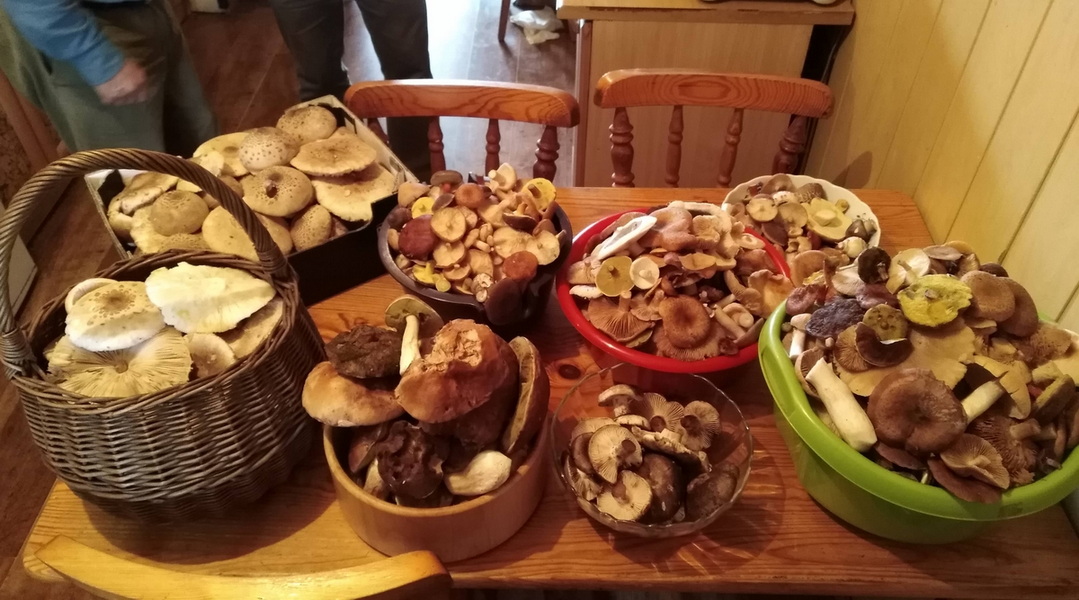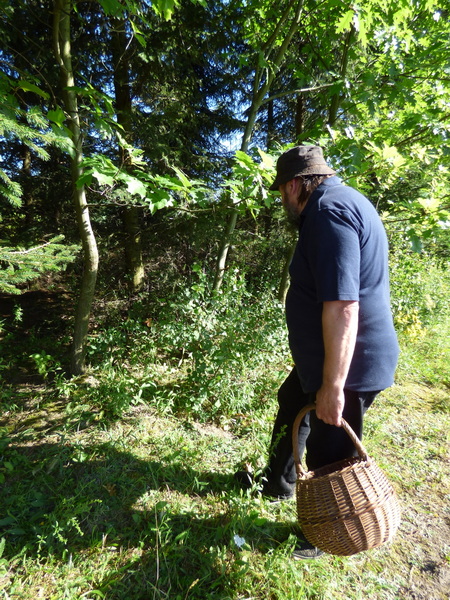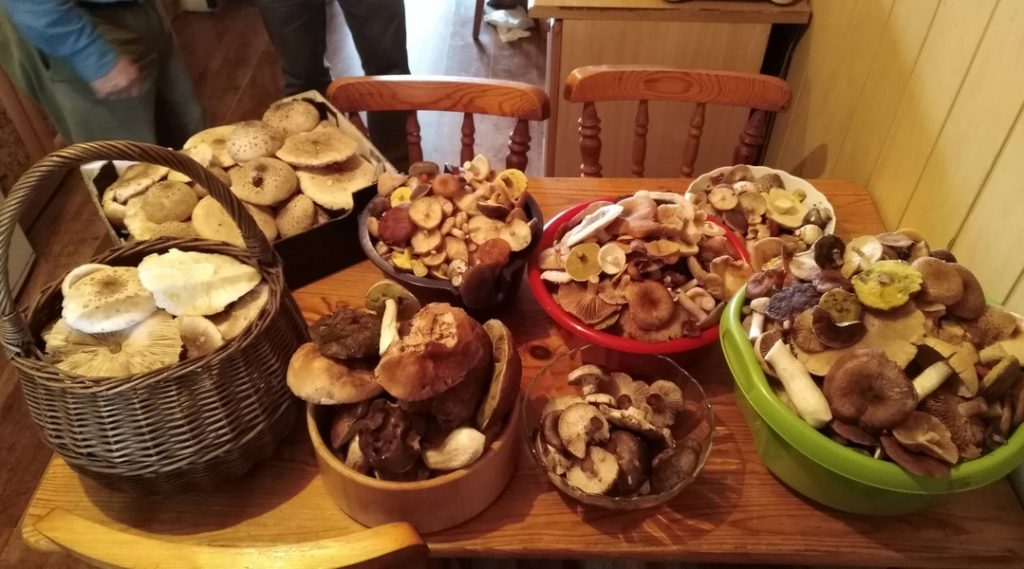The publication presents documentation of the surviving traditions associated with the use of wild edible mushrooms in the historic land of Mazovia (33,900 km 2). During the research, 695 semi-structured interviews were conducted with representatives of the local population. The interviews took place in 38 villages proportionally distributed over the study region (every 30 km). During the interviews, information was obtained on the species of mushrooms harvested and their methods of use. Mushroom species used by local people were identified with the support of photos and atlases, morphological identification of collected specimens and DNA barcoding. Ultimately, 92 fungal taxa were identified to the level of species or genus. Among them, 76 taxa used for food, 21 taxa known to be poisonous and 11 used for non-culinary purposes.
The study identified two new species for Polish fungi - Hydnum ellipsosporum and Paxillus cuprinus. Frequent interaction with local people involved in mushroom harvesting allowed transcription of local folk taxonomy into a scientific taxonomic classification, as well as noting changes in local preferences for harvesting wild mushrooms. The created inventory of mushrooms known by local people is the longest list so far compiled during ethnomycological field research. The results place the residents of the study region at the top of the mycophilia spectrum known so far.
Kotowski M. A., Pietras M., & Łuczaj Ł. (2019). Extreme levels of mycophilia documented in Mazovia, a region of Poland. Journal of Ethnobiology and Ethnomedicine.
https://doi.org/10.1186/s13002-019-0291-6
post
post
2019-08-18 13:33:51




